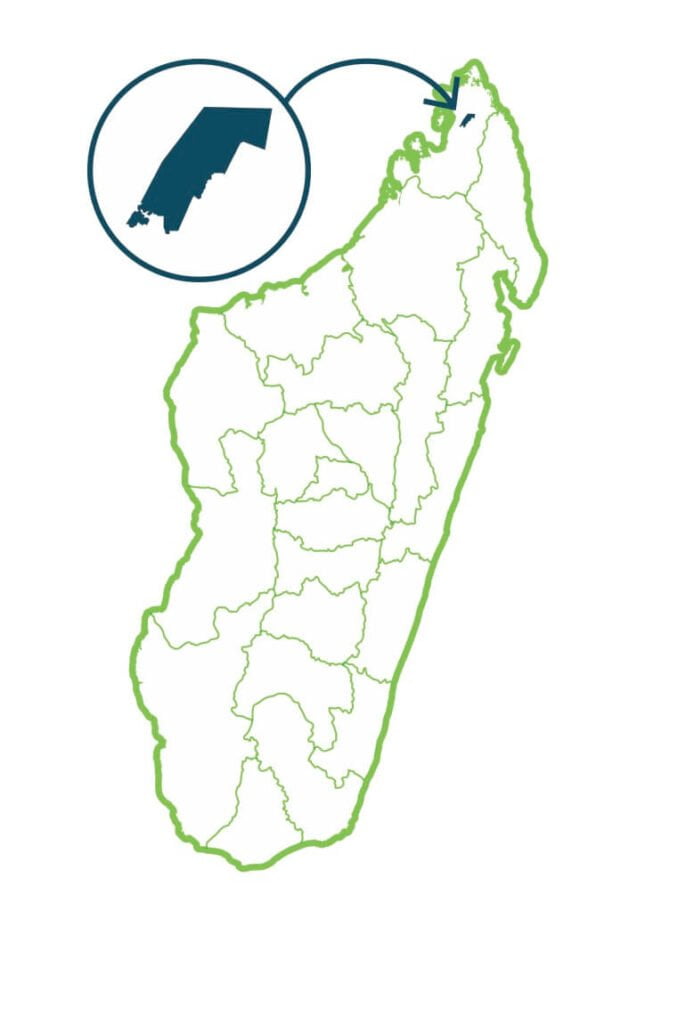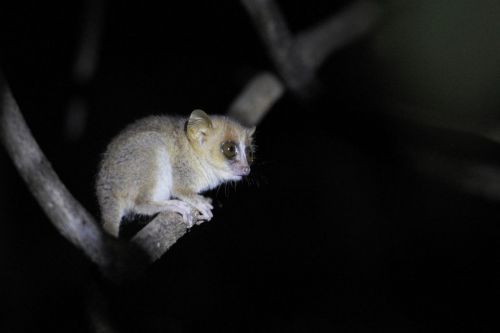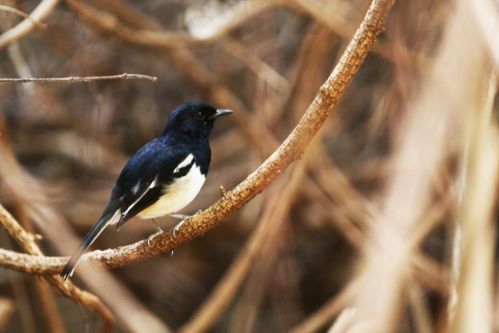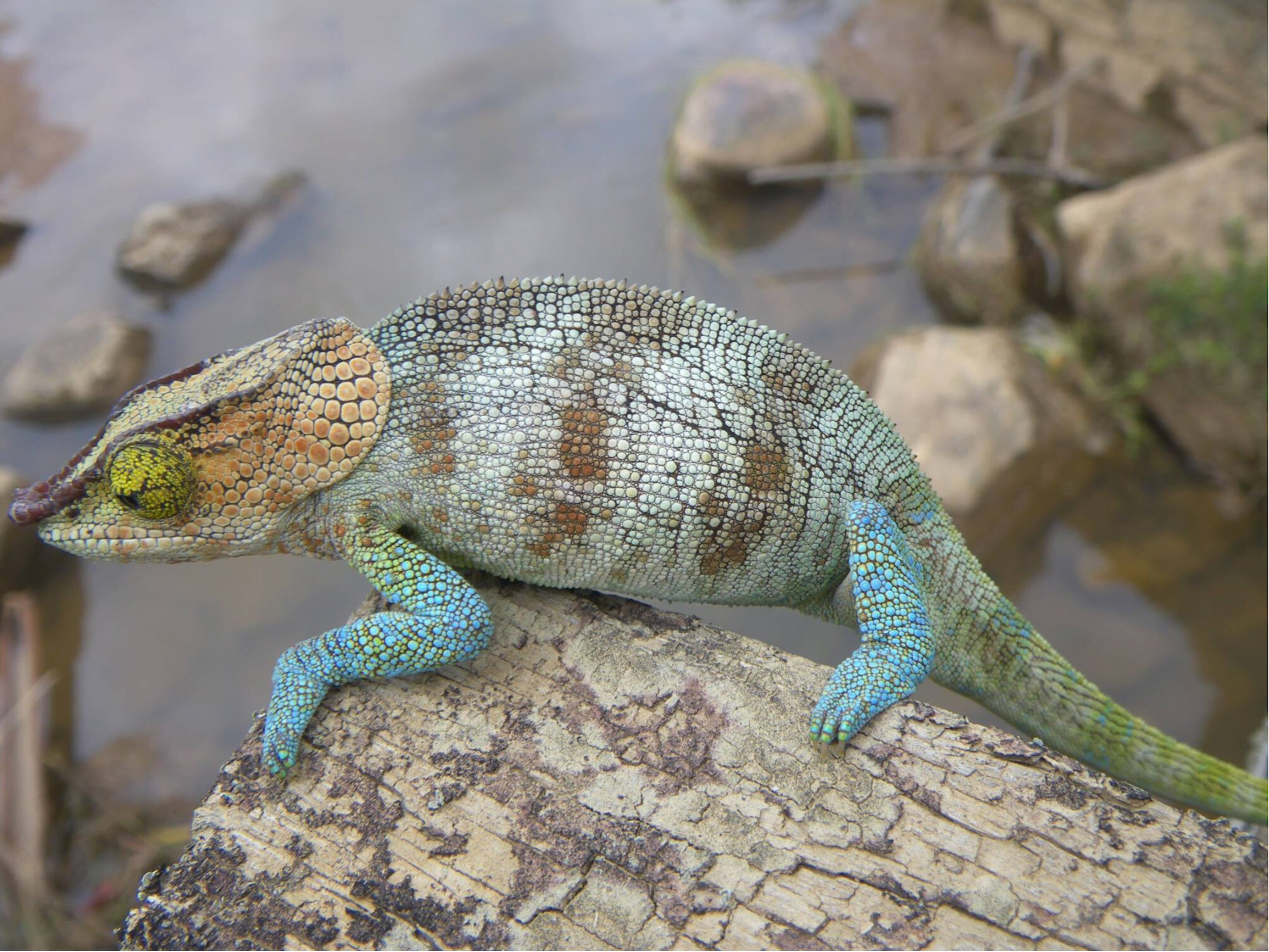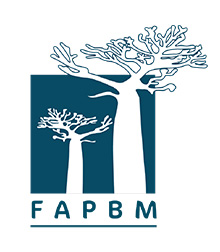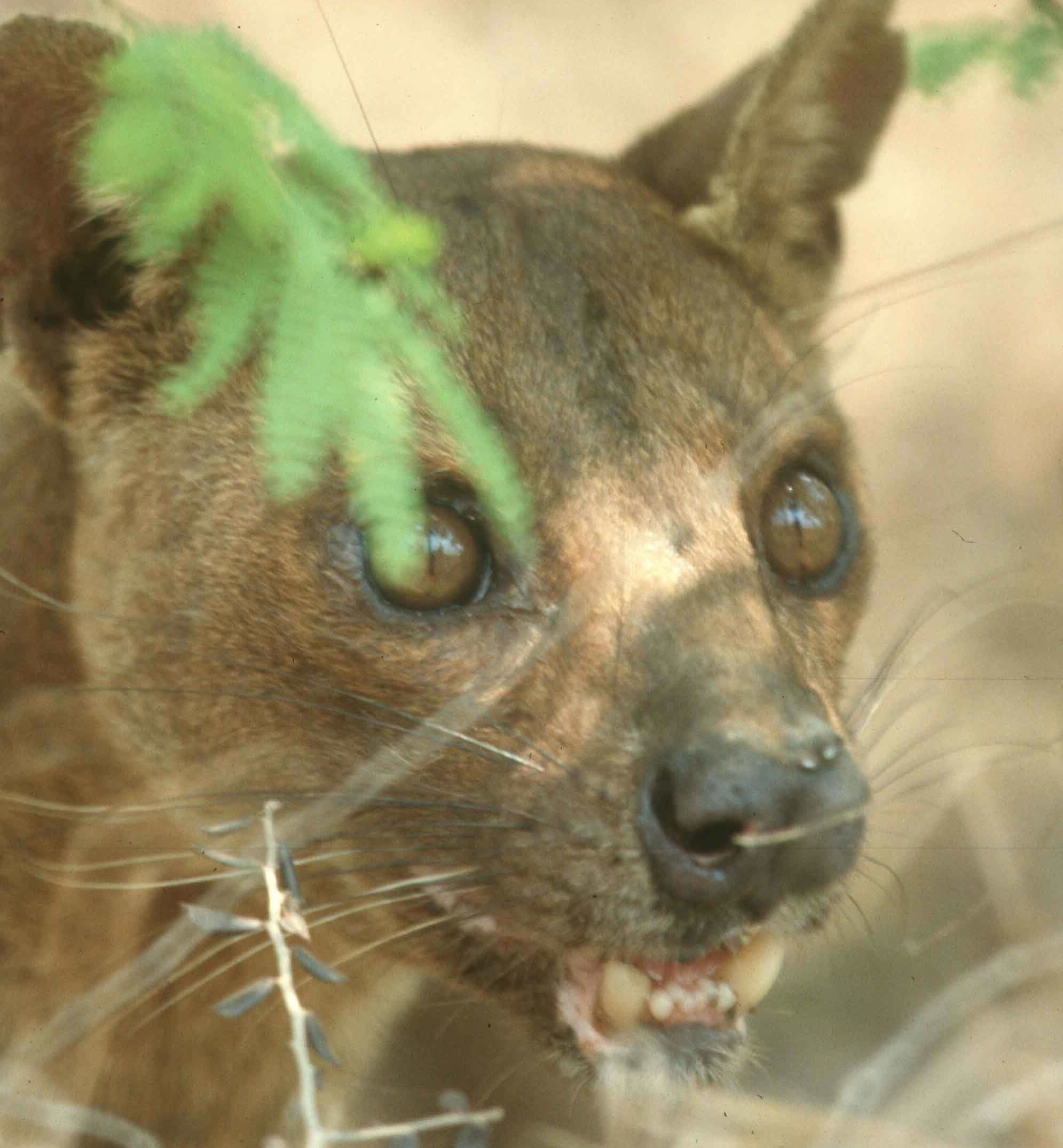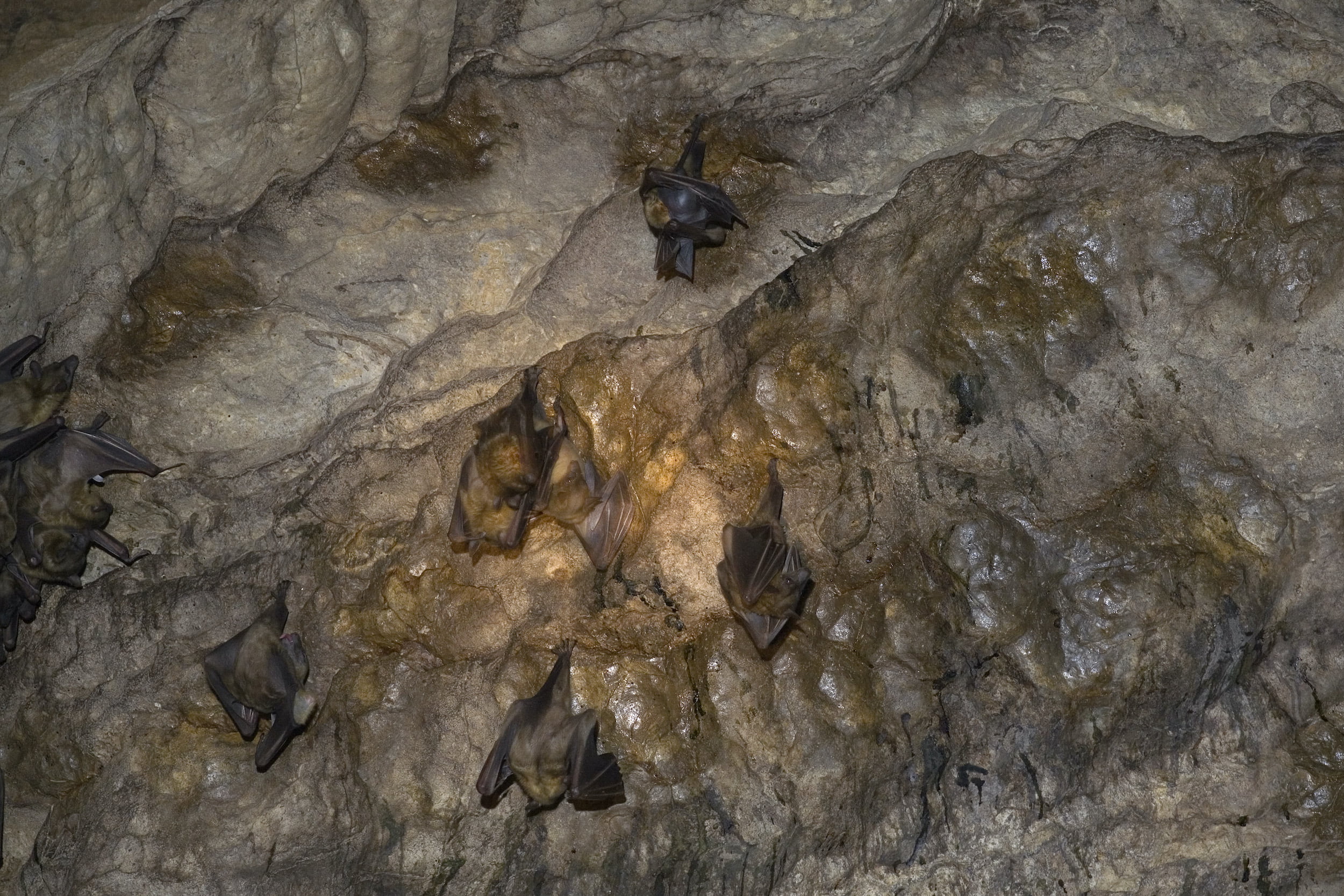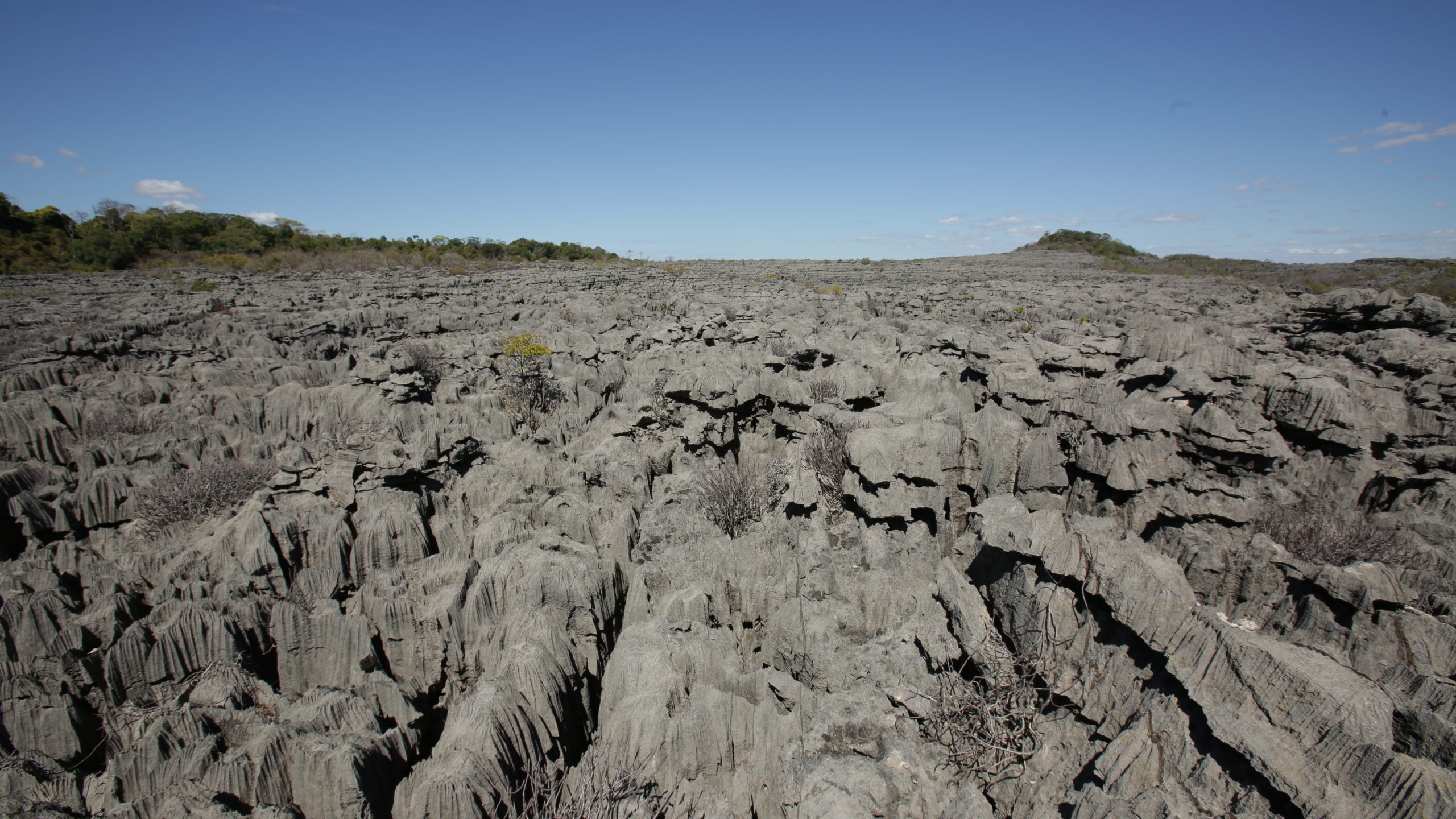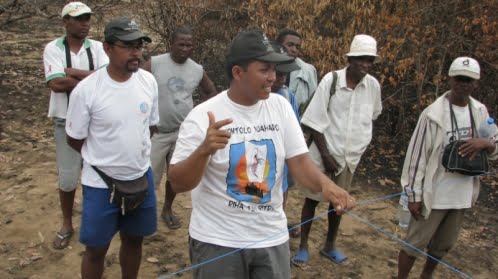Flagship Species
The Ankarana Special Reserve was created in 1956. It is home to ecosystems complex made up of dry decidious forests, Tsingy, dry and wet caves, canyons, underground networks, savannas, sinkholes and lakes.
The Ankarana Special Reserve is rich in biodiversity, among which the most characteristic are xerophytic plants on limestone rocks (Euphorbia ankarensis, Tacca ankarensis), cave species (17 bats species including Eidolon dupreanum), aquatic species (Glossogobius ankarensis) and lemurs (Lepilemur ankaranensis and Microcebus tavaratra).
